
What is a Dental Implant
Dental implants are artificial roots made of titanium alloy. They are inserted into the jawbone to replace the root of the (lost) natural teeth. Artificial replacement teeth are attached to the implants. The implants in this way act as an anchor to hold the replacement teeth in place. If one tooth is missing the solution can be a single crown. In case of more teeth are missing, implants can also become anchors for bigger fixed restorations such as a crowns and bridges or even removable dentures.
What are the advantages of Dental Implants
With dental implants, you can eat most foods you want, depending on the type of implant restoration because these new teeth are strong and stable - they look and feel like your own natural teeth and they give you back your smile and quality of life.
How are the Success Rates
Despite decades of clinical and scientific research, dental implants do not have a 100% success rate. However, the success rates have improved significantly since the introduction of dental implant surgery and the dental profession can proudly report success rates well above 90% for most implant patients.
A clinical study, conducted by the University of Leuven, KUL (Belgium) over 42 months, has revealed a success rate for the Aadva Implant System of 98.3% after 42 months.
(“Observations cliniques relatives à l’implant GC Aadva en cabinet privé”; Brun, Leclerq, Merheb, Simons, van Meerbeek, Quirynen; Journal IMPLANT Chirurgie – Prothèse, Vol. 20; Mai 2014)
The success rates of dental implants highly depends on your oral hygiene. Like natural teeth, implants need to be kept clean using a toothbrush and floss. Your dentist will show you the proper cleaning procedure for implants. Regular dental checkups are important.
Who can get Dental Implants
If you are in good general health and have enough bone in the jaw to hold an implant, dental implants might be a good and convenient solution for you. Even in difficult cases, e.g. if your jawbone has shrunk, you may be able to benefit from implants after adjunctive surgical procedures, such as bone augmentation.
Your dentist, after thorough examination and planning, will tell you if an implant placement can be an appropriate option for you.
How are dental implants placed
Most dental implant surgery procedures are performed in the dentist's office. Local anesthesia is usually adequate for these procedures.
The surgical procedure depends on the individual conditions, the desired type of restoration as well as on the preferences of the patient and dental practitioner/surgeon. It may thus vary from a one step surgery to a several steps procedure.
Placement of dental implants is a surgical procedure and carries the general risks of surgery.
After examination and planning your surgeon will propose the procedure that bears the lowest risk and should be the most convenient for you.
Below are some examples of how dental implants can help you to regain and improve your dental wellbeing:
Replacement of a single (lost) tooth by an Implant Crown
Loss of a tooth significantly affects dental aesthetics and chewing function. Even if smaller gaps – especially in non-visible areas – are tolerated by many patients, it is important to know about the long term consequences. Over time in many cases the adjacent teeth slowly incline towards the gap and/or the antagonist tooth of the opposing jaw elongates. These effects over time will disrupt chewing movements and, as a consequence, jaw joint issues arise. It is much smarter to prevent those problems by timely replacing the lost tooth with a dental implant. Whereas with conventional treatment the adjacent teeth have to be grinded down in order to fix a bridge, with Implantology treatment the missing tooth can be replaced without damaging the neighbouring teeth.
See a typical treatment illustrated below:

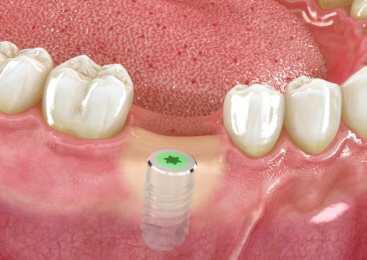


Depending on the individual situation, the treatment period can vary from a one‐stage procedure with an immediate implant placement to a several stage restoration with healing periods included. Your dentist will carefully evaluate which method is the best in your individual case.
Replacement of several lost teeth by an Implant Bridge
Loss of several teeth results in poor chewing ability with consequences for health and quality of life that should not be underestimated. The above mentioned considerations of course are even more applicable as the gap is wider.
But also in such cases an Implant-based restoration can be a convenient solution, either based only on implants or combined with existing abutment teeth. The treatment methods in general are the same as described in the single tooth case above. For a better under- standing find below the respective series of pictures which show the case of an implant-based bridge.

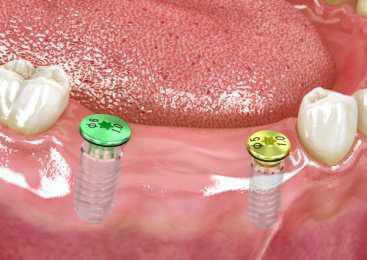
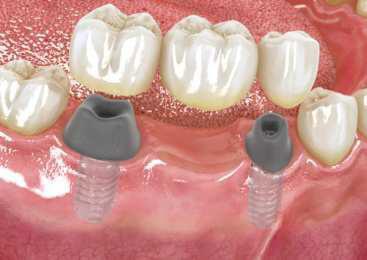

Again, your dentist will propose the best possible procedure and solution for you.
Replacement of several lost teeth by an Implant Bridge
Loss of all teeth in a jaw requires an ambitious and demanding restoration, as in many cases patients don’t feel comfortable with simple full arch dentures and ask for fixed dental restorations.
Depending on the number of implants to be used, this restoration can either be designed as a fully implant-borne or as a partially tissue- borne and implant-retained restoration.
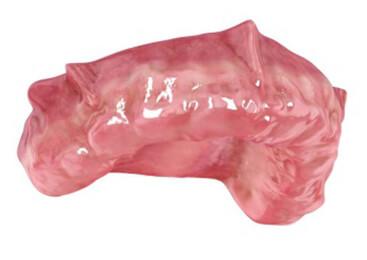
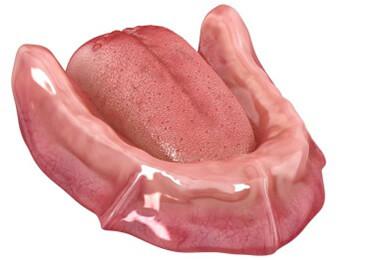
Implant-borne Bridge: Depending on the individual conditions, like general health, bone quality, opposing dentition, etc., several implants will – ideally evenly distributed over the arch – be inserted in the edentulous jaw. These implants serve as supporting pillars for a bridge that can be fixed either by screw connection or cementation.
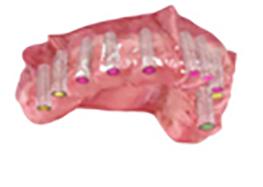
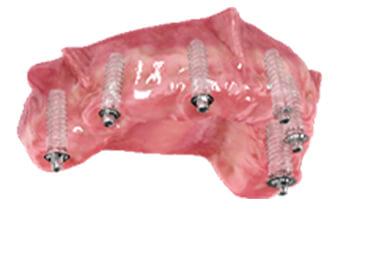
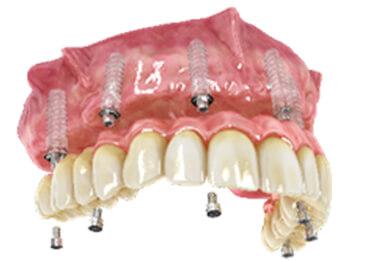
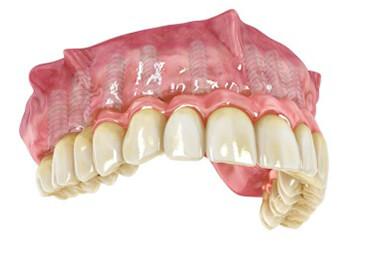
Implant-retained denture: A full arch implant-borne bridge will not be the appropriate solution in all individual cases. If e.g. reduced availability of sufficient bone would require extensive and expensive preparatory surgery (bone augmentation), many patients prefer solutions, where only a limited number of implants are inserted in suitable places. In such cases, a tissue-borne denture with retaining implants is a convenient solution. The implants take over a significant part of the mastication load, support the stability of the denture and avoid movements. The minimum number of implants required for such a solution is two.
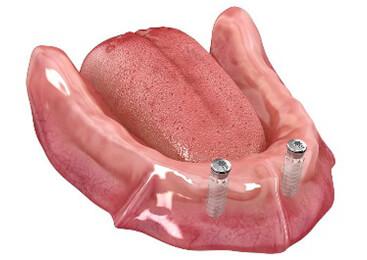
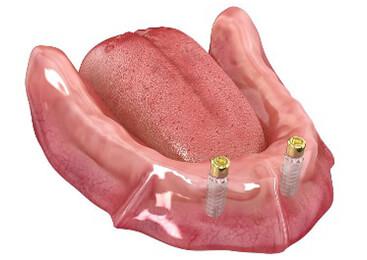
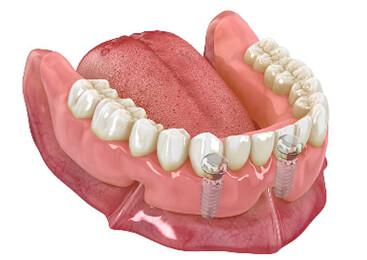
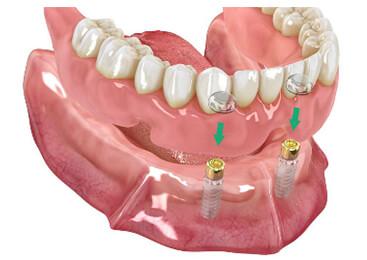
The above cases and solutions show that today’s implant treatment options with the Aadva Implant system offer you a huge variety of advanced dental possibilities to regain your chewing ability, dental aesthetics, your joy of eating and with this your health and quality of life.
With the best wishes for your dental wellbeing
Your GC Tech Team




